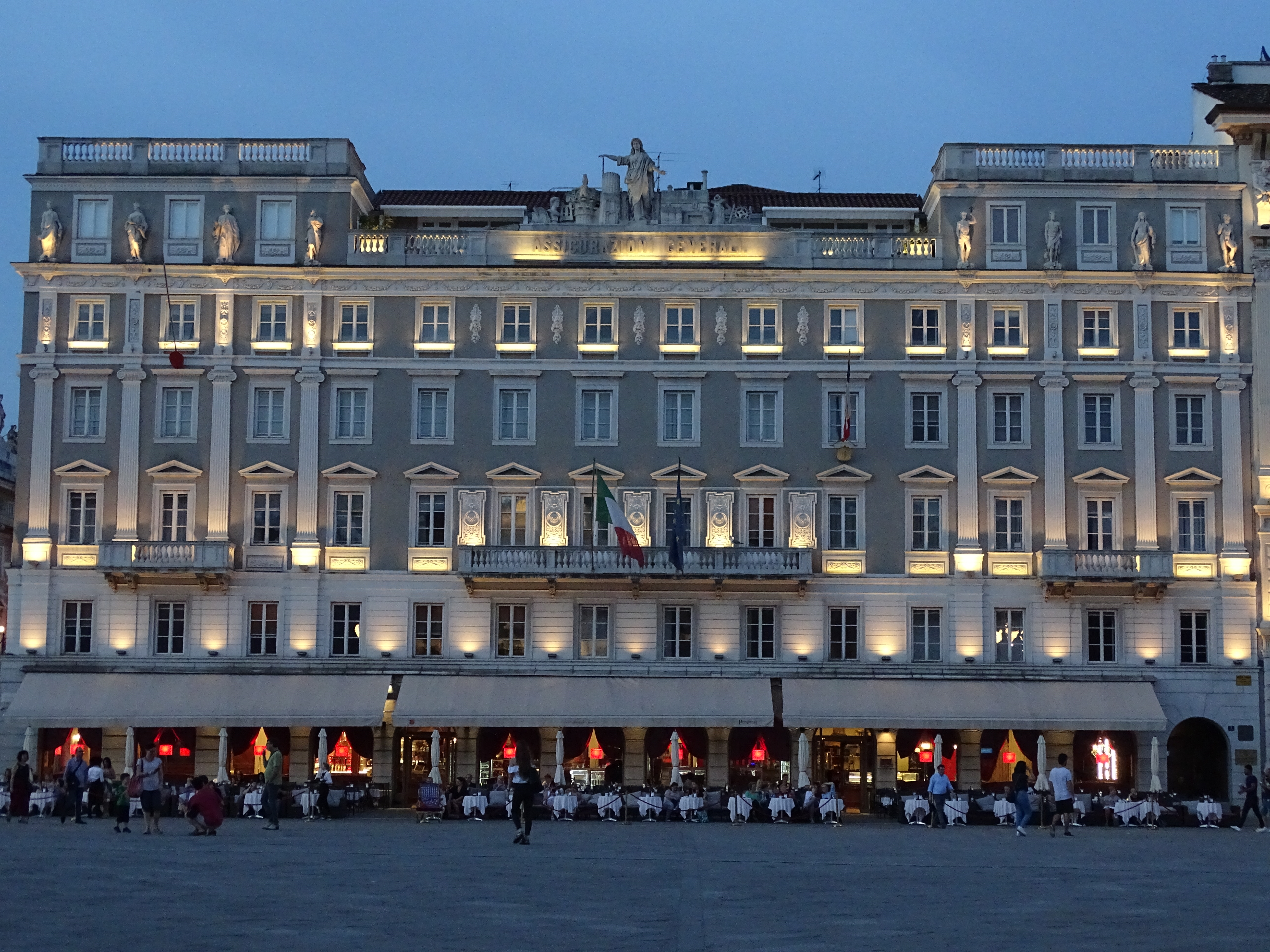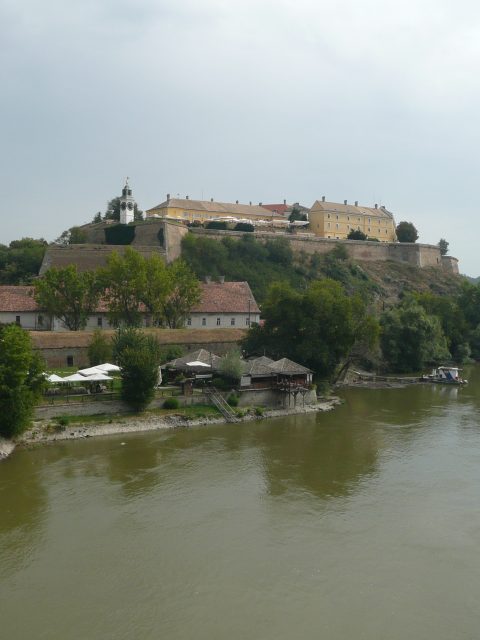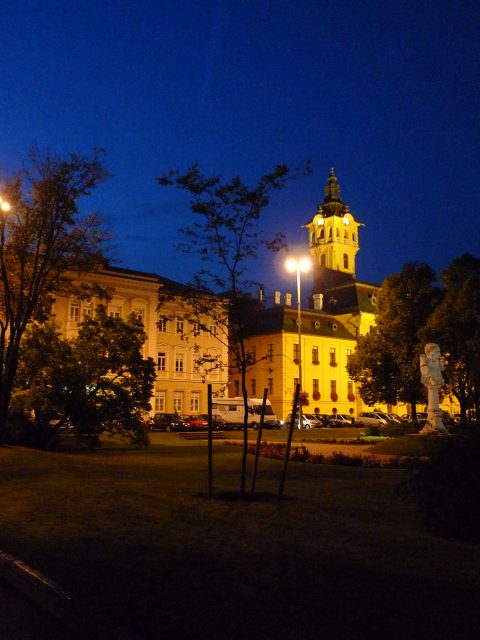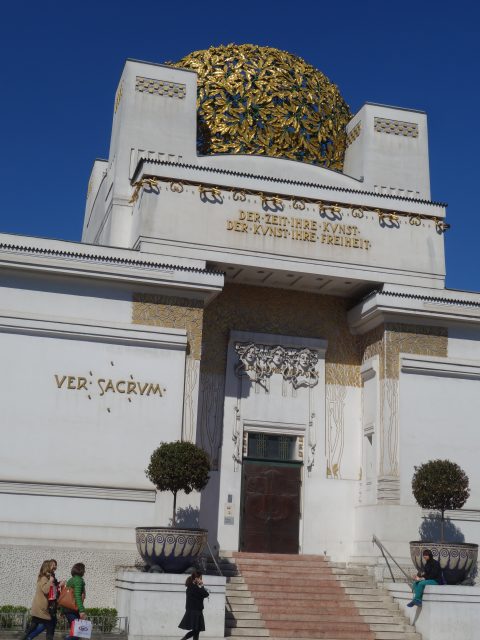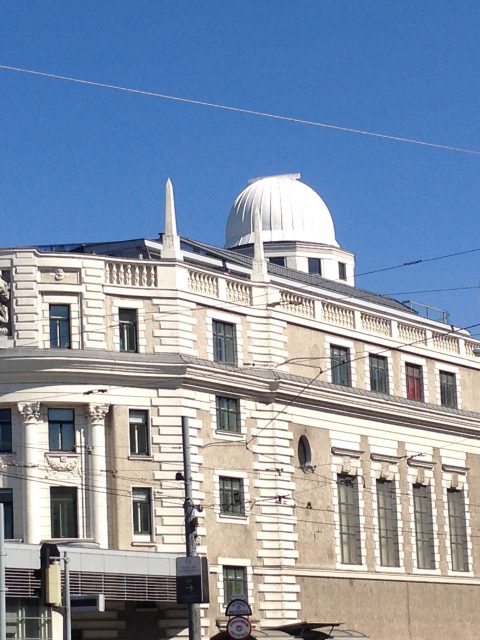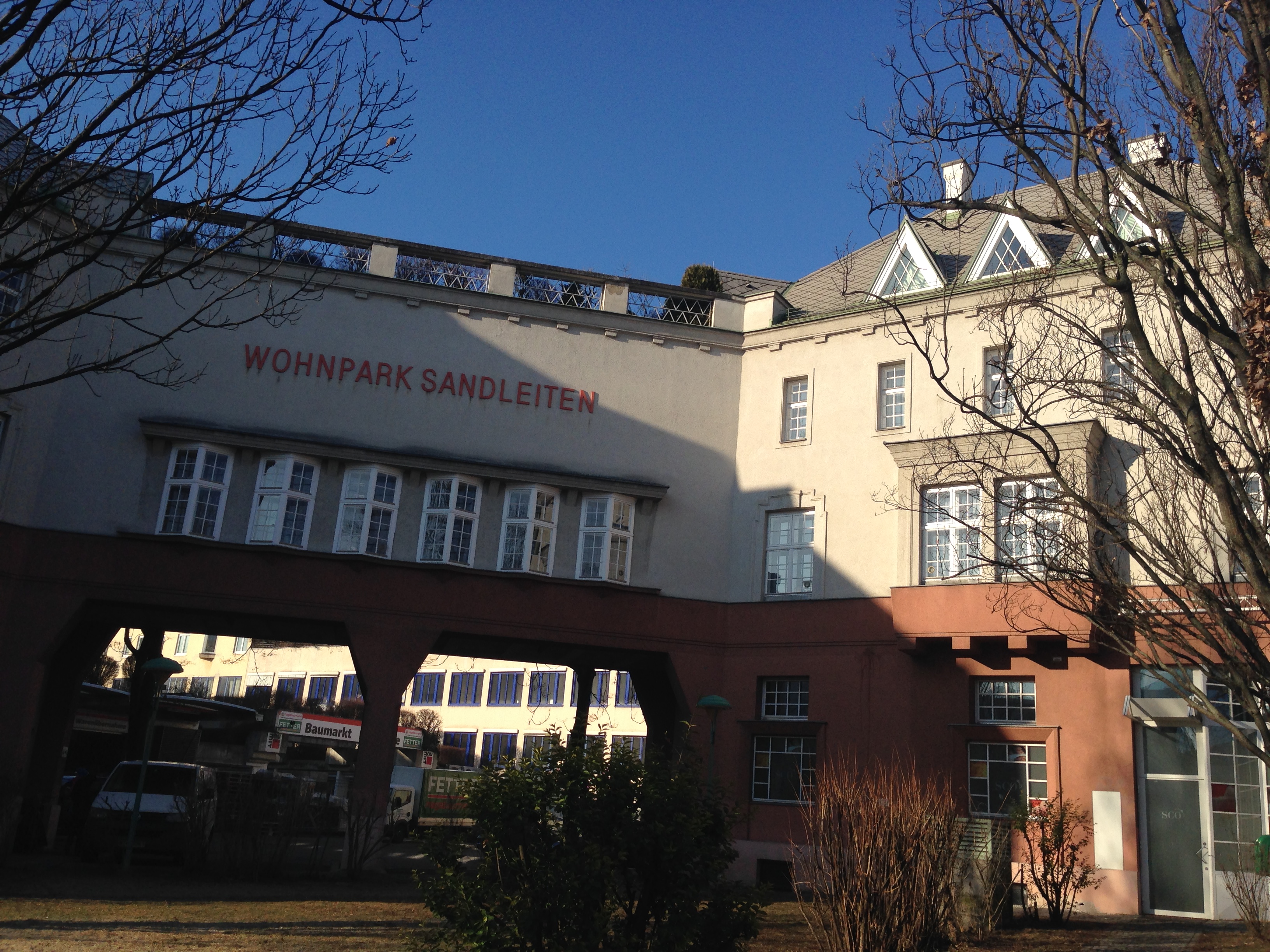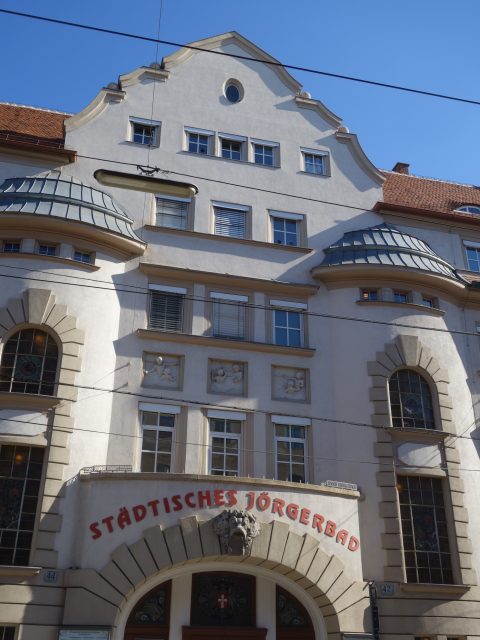REFORMS OF THE EUROPEAN WELFARE STATE MODEL
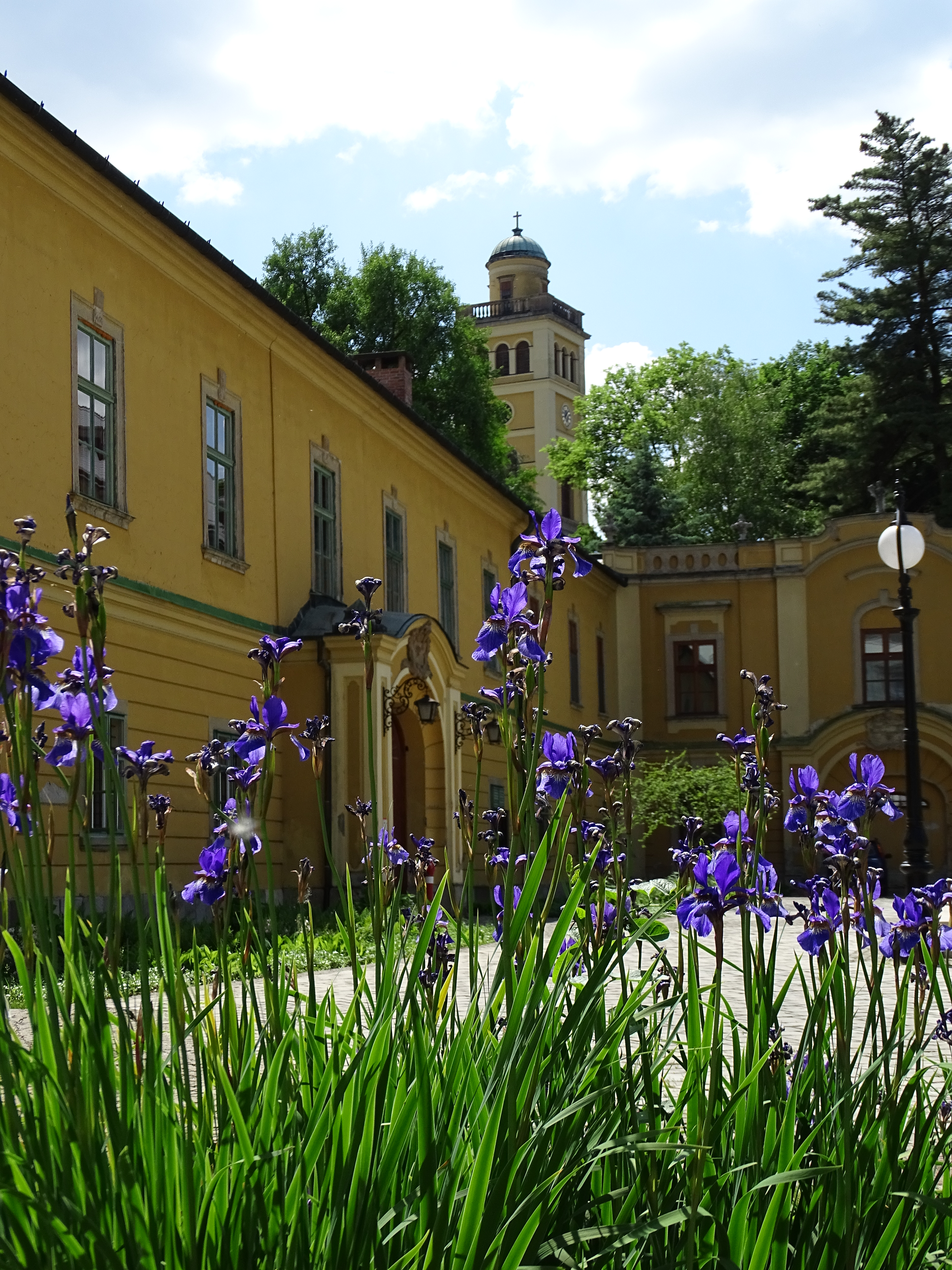
Eger, Hungary
In 1942 William Beveridge, a British academic and civil servant, published his blueprint of a welfare state for Great Britain in his account of the “Five Giants”: disease, idleness, ignorance, squalor and want. He proposed new benefits for the retired, disabled and unemployed, a universal allowance for children and a nationwide health service. Polls found that majorities of all social classes backed these proposals. The blueprint was translated into 22 languages and the Royal Air Force dropped summaries on Allied troops and behind enemy lines. Such zeal for the welfare state is rare nowadays. Liberals such as Beveridge believed that people should take more responsibility for their own lives, but that government should support them. They did not see it as industrialised charity, but as a complement to free-market capitalism. In the second half of the 19th century the rise of unfettered markets brought demands for protection against its effects. Charity and churches were seen as failing to cope with poverty, as mass urbanisation weakened traditional bonds. Pressure came from socialists, but liberals responded, too. “New liberals” such as John Stuart Mill and Leonard Hobhouse argued that freedom meant ensuring that people had the health, education and security to lead the life they wanted. The development of welfare states was then hastened by the Great Depression and World War II. The war fostered a sense of unity and as middle classes shared the risks, their demands for support meant the welfare state became about more than just looking after the poor. The post-war government in Britain implemented most of Beveridge’s plan and similar reforms soon followed elsewhere in Europe. Welfare states have always differed from country to country, but from the 1970s on approaches diverged further. In the 1990s the Danish sociologist Esping-Anderson distinguished three varieties of “welfare capitalism”. First were the “social democratic” versions in Scandinavian countries with high public spending, strong trade unions, universal benefits and support for women to stay in the workplace. Second, “conservative” welfare states, such as Germany’s were built around the traditional family and had a strong contributory principle. Third, the “Anglo-American” welfare states, which put greater emphasis on guaranteed minimums than on universal benefits as in Britain.
Perhaps the most common charge against European mature welfare states is that they have created a culture of dependency. So policy makers have made programmes more “conditional”, forcing recipients to look for work, for example; and to help them, many countries expanded “active labour market policies”, such as retraining. The wide-spread notion that the welfare state is mainly about redistribution from rich to poor is a myth. Nowadays its role is more to allow people to smooth consumption over their lifetimes, in effect shifting money from their younger selves to their older selves. As countries become wealthier, public spending increases as a share of GDP. Spending on social protection, like pensions, health care and benefits, in OECD countries has increased from 5 per cent in 1960 to 15 per cent in 1980 to 21 per cent in 2016. Nevertheless, since 2000, some Scandinavian countries, for example, have combined high levels of public spending with high rates of economic growth. The effects of welfare depend not just on how much is spent, but how. Subsidised child care, which helps mostly women stay in the labour market, is more growth-friendly than pensions. The difficulties welfare states in rich European countries face are about more than just their size. The three main difficulties relate to demography, migration and changing labour markets. The fact of the ageing European population means that welfare spending is increasingly shifted towards the elderly. This threatens the implicit contract between generations. Meanwhile Denmark and Finland have linked state retirement ages to life expectancy, so will the Netherlands. In Germany, Portugal and Sweden pension levels are adjusted according to the ratios of workers to non-workers.
Immigration poses another challenge to the welfare state. In 1978 Milton Friedman argued that you could have open borders or generous welfare states open to all, but not both, without swamping the welfare system. Moreover, taxpayers are more tolerant of benefits that are seen to look after “people like them”. A study published in 2017 using survey data from 114 European regions found a correlation between areas with higher shares of migrants and a lack of support for a generous welfare state. Another survey of changing attitudes in European countries between 2002 and 2012 found both rising support for redistribution for “natives” and sharp opposition to migration and automatic access to benefits for new arrivals. Such popular views form a core part of the appeal of populists in Europe such as the Front National in France, the Sweden Democrats or the Danish People’s Party. The nature of the benefits influences attitudes as well. Immediate access to health care and public education for immigrants is widely supported by European populations, but benefits should not extend to unemployment or child benefit. Moreover, attitudes towards immigrants are volatile and swayed by the political climate. In 2011, for example, 40 per cent of Britons said immigrants “undermined” the country’s cultural life, and just 26 per cent believed they enriched it. By 2017, in the wake of the Brexit vote, only 23 per cent believed immigrants undermined British culture, compared to 44 per cent who believed they enriched British culture. Immigration might offer a partial solution to the first problem of ageing because since at least 2002 EU migrants have contributed much more in taxes than they have cost in public services, as economic research in Britain and Denmark has found out.
The third issue is adapting to changing labour markets. The welfare state developed at a time of powerful government, powerful companies and powerful trade unions. The economic aim after World War II was full male employment. Recent research by the OECD in seven of its member countries estimated that 60 per cent of the working-age population had stable full-time work. Of the other 40 per cent, no more than a quarter met the typical definition of unemployed, namely out of a job, but looking for one. Most had dropped out of the labour market completely or worked volatile hours. The causes are complex and overlapping, but hey include the incentives and disincentives to work that complex benefits systems produce. Universal basic income (UBI) may be one way to avoid such problems. It may take many different forms, but basically replaces a wide range of means-tested benefits with a single unconditional one, paid to everyone. Scotland and the Netherlands are running experiments involving UBI, but in no country is it yet the foundation of the benefits system of working-age adults. The OECD recently modelled two forms of basic income. Under the first one, a country’s spending in benefits is divided equally among everyone – a revenue-neutral form. Under the second one, everyone would receive benefits equal to the current minimum-income guarantee, and taxes would rise to pay for it, if necessary.
…

